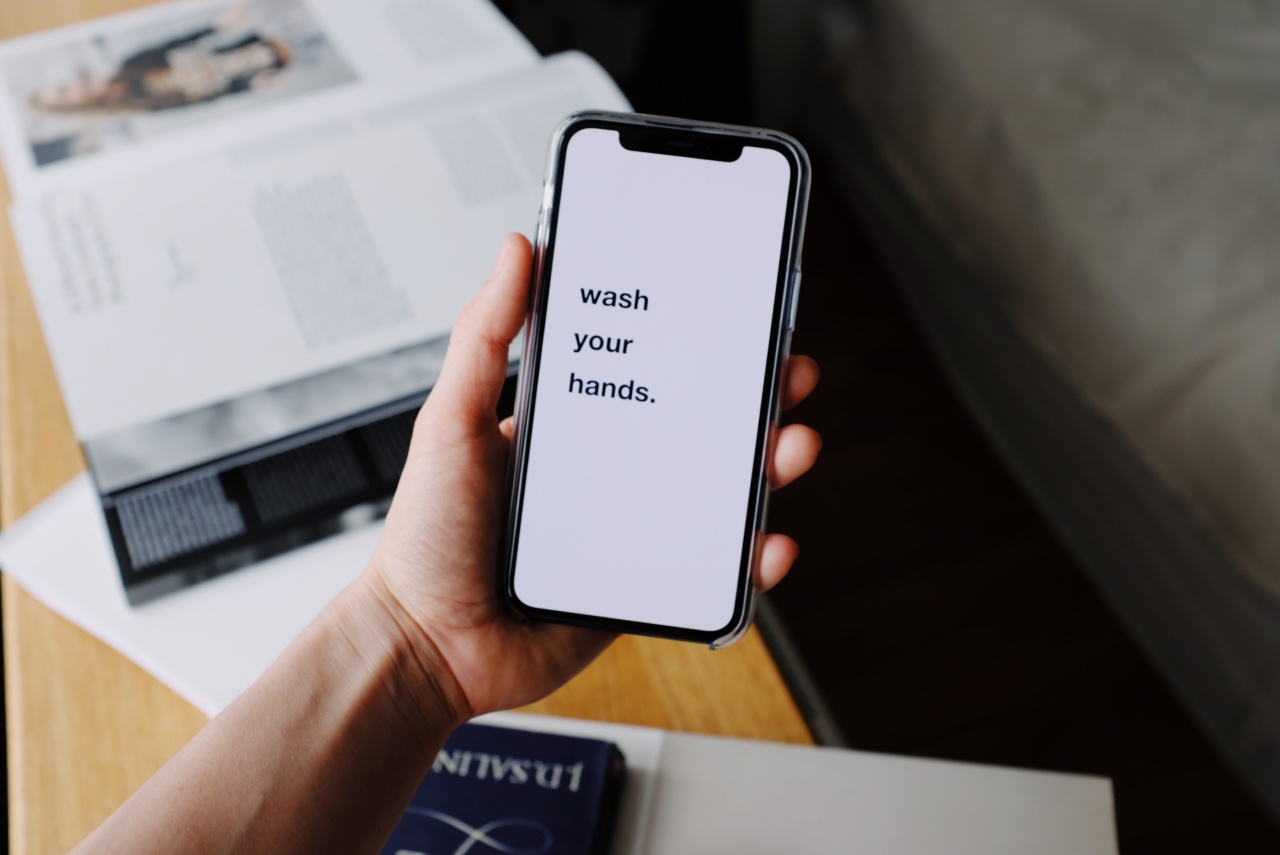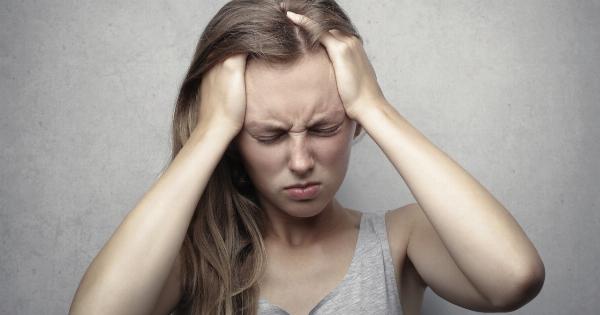If you suffer from frequent headaches, you may already know some common triggers like stress, lack of sleep, or certain foods. However, there are also several unexpected triggers that can be responsible for your head pain.
Understanding these triggers can help you avoid them and experience relief. In this article, we will explore ten unexpected triggers that you may not be aware of.
1. Weather Changes
Did you know that changes in weather can trigger headaches for some individuals? Whether it’s a sudden drop in temperature, changes in humidity levels, or even a shift in barometric pressure, these weather changes can cause your head to ache.
If you notice a pattern of headaches during specific weather conditions, consider preparing for these changes by staying hydrated, wearing appropriate clothing, and managing your stress levels.
2. Strong Odors
Unpleasant odors can be a potential headache trigger for many people.
Whether it’s the smell of certain chemicals, perfumes, cleaning products, or even strong cooking scents, these strong odors can easily stimulate your nerve endings and cause a headache. It is advisable to minimize exposure to such smells by ensuring proper ventilation, using unscented products, or stepping outside for fresh air if you encounter overwhelming odors.
3. Artificial Lighting
In today’s digital world, artificial lighting surrounds us everywhere, from offices to homes and even our smartphones and computer screens.
Bright or flickering lights can strain your eyes and trigger headaches, especially if you spend a significant amount of time in front of screens or under fluorescent lights. Adjusting the brightness and contrast of your screens, incorporating regular screen breaks, and using incandescent or natural lighting can help reduce these triggers.
4. Posture
Your posture can have a significant impact on your headache frequency and intensity. Poor posture, especially when sitting or standing for long periods, can place strain on your neck and upper back muscles, leading to tension headaches.
Maintaining proper ergonomics, practicing good posture, and taking breaks to stretch and move around can alleviate this trigger and reduce the occurrence of headaches.
5. Dehydration
Dehydration is a well-known headache trigger, but many people still underestimate its impact. When you’re dehydrated, your brain tissue loses fluid, causing it to temporarily shrink and pull away from your skull.
This process triggers pain receptors and leads to headaches. Remember to drink enough water throughout the day and frequently hydrate, especially during physical activities or in hot weather, to prevent dehydration headaches.
6. Noise
Excessive noise or even sudden loud sounds can trigger headaches for some individuals who are noise-sensitive.
Whether it’s construction noise, traffic, loud music, or even certain frequencies, excessive noise can create stress and tension, leading to headaches. Wearing ear protection, using noise-canceling headphones, or finding a quiet space when possible can help reduce this trigger and provide relief.
7. Medication Overuse
Ironically, the very medications some people rely on to relieve headaches can become a trigger themselves. Overusing pain relievers, especially those containing caffeine or codeine, can lead to rebound headaches or medication-overuse headaches.
If you find yourself taking pain medications regularly, discuss alternative treatment options with your healthcare provider to prevent these rebound headaches.
8. Hormonal Changes
Hormonal fluctuations, particularly in women, can be a significant trigger for migraines or menstrual headaches. The hormonal changes that occur during the menstrual cycle, pregnancy, or even menopause can induce severe headaches.
Tracking your menstrual cycle, managing stress levels, and discussing preventive medications or hormonal therapies with your doctor can provide relief from these hormone-related headaches.
9. Food Additives
Certain food additives like monosodium glutamate (MSG), nitrates, nitrites, and artificial sweeteners have been known to trigger headaches in susceptible individuals.
These additives are commonly found in processed foods, fast foods, and even some restaurant meals. Reading food labels, opting for fresh and natural alternatives, and avoiding trigger foods can help prevent these headaches.
10. Emotional Triggers
Lastly, emotional triggers such as stress, anxiety, and even excitement can contribute to headaches. Strong emotional states can cause muscles in your head, neck, and scalp to tense up, resulting in tension headaches or migraines.
Incorporating stress-reducing activities, practicing relaxation techniques, and seeking therapy or counseling can assist in managing these emotional triggers and reducing headache occurrences.
By understanding and identifying these unexpected triggers, you can take necessary steps to avoid or minimize them, leading to a reduction in your headache frequency and intensity.
Remember that each person may have unique triggers, so it is essential to determine your personal headache triggers through self-awareness and observation. Consult with a healthcare professional for a comprehensive evaluation if you experience chronic or severe headaches.

























